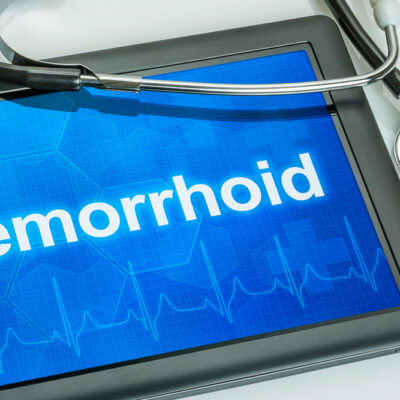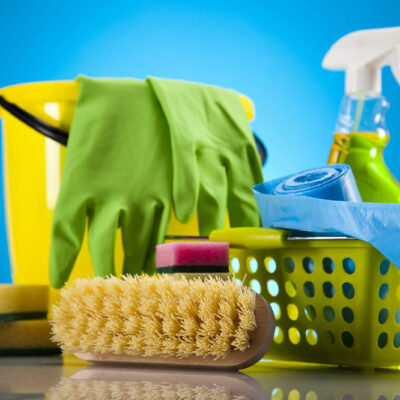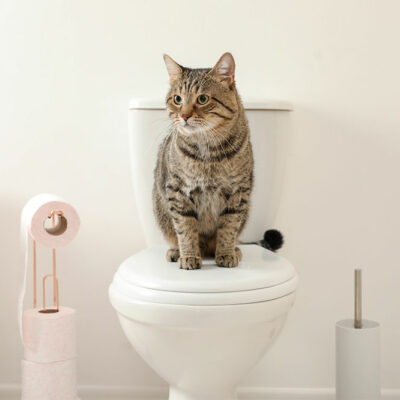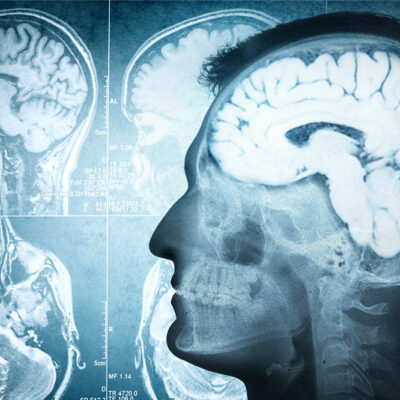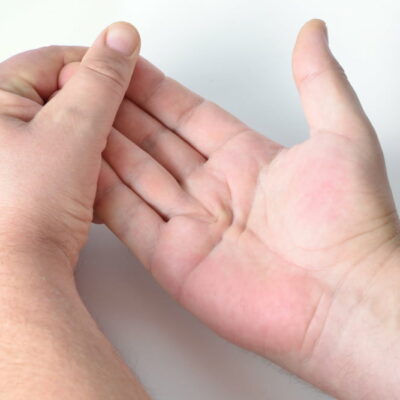
health
4 warning signs of Dupuytren’s contracture
Dupuytren’s contracture is a health condition in which one or more fingers bend toward the palm. These fingers cannot straighten entirely because tissue knots are formed under the skin, which pull the fingers into a bent position. To manage the problem, one must first identify its existence. Here are four common signs and symptoms of Dupuytren’s contracture that one could keep an eye out for and bring to a healthcare professional’s notice. Bump in the palm One of the first symptoms individuals notice is a bump or a nodule in the palm. This unusual mass indicates that the connective tissue in the palm has become infected or diseased. It is observed that the growth almost always starts on the pinky finger. This bump is not cancerous but benign, so one may not worry too much. However, individuals should still see a doctor because treating Dupuytren’s contracture in the early stages is important. Not doing so can cause the condition to get worse. Inability to open one’s palm People with Dupuytren’s contracture often complain about having difficulty opening their palms to perform everyday tasks. Some say their palms do not open up entirely while washing the face, so their fingernails poke the skin.
